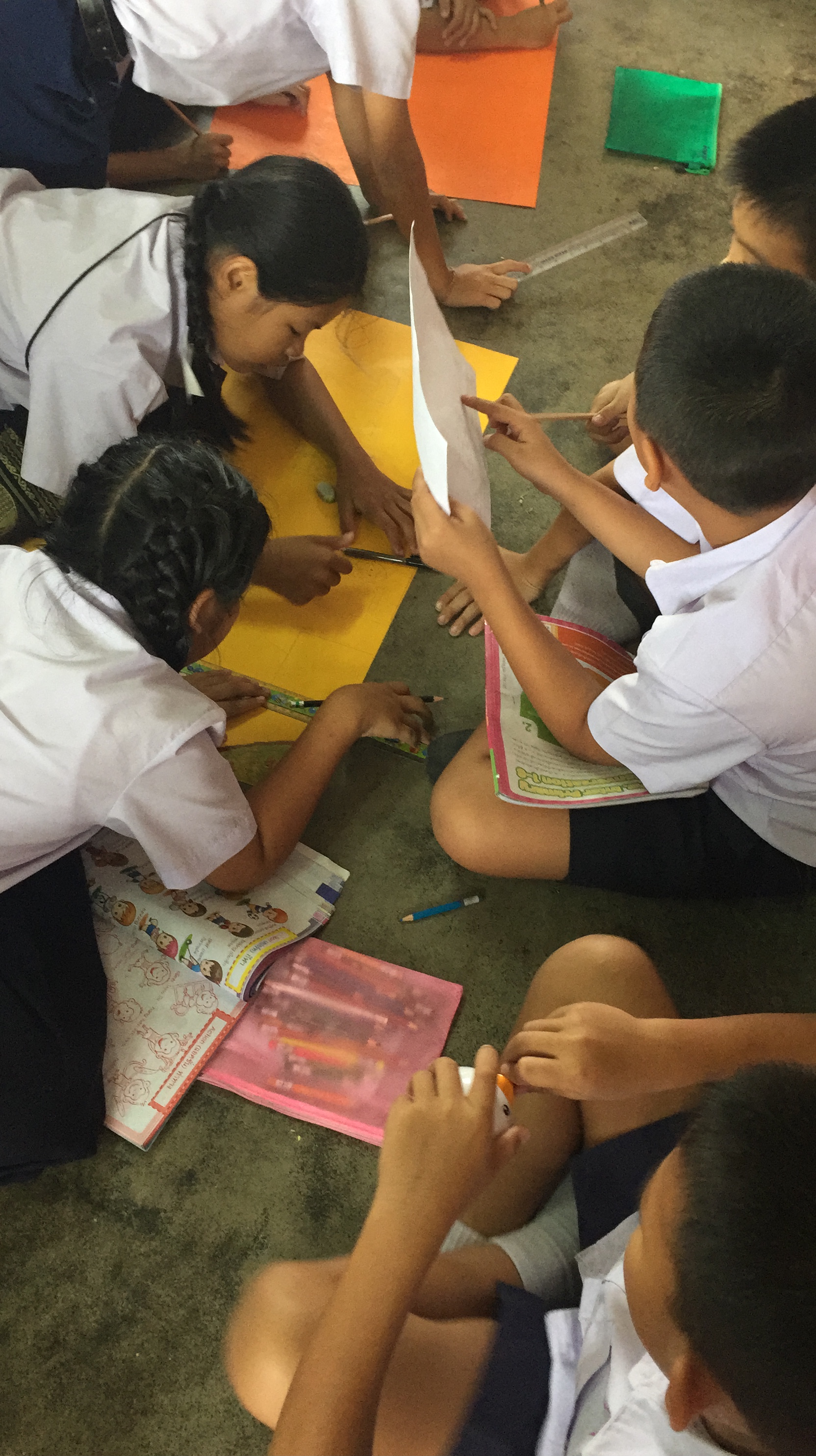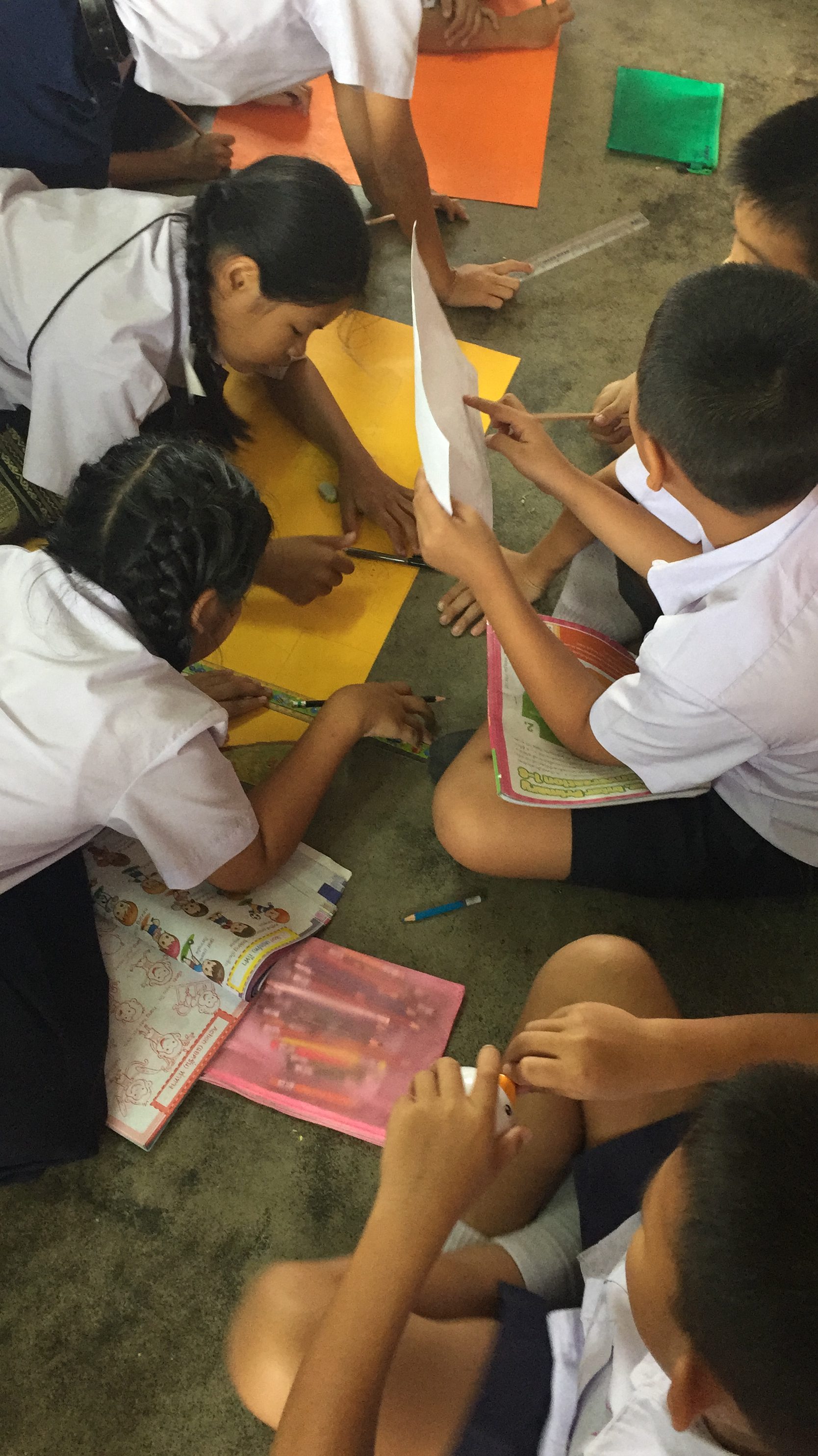The Thailand Education system can be quite shocking to newly qualified teachers. I am coming up on my one year anniversary of teaching English in Thailand. I have stayed at the same school in Northern Thailand for one year which includes two semesters of teaching. This school (which will remain nameless) has never really had any experience with foreign teachers before. So it was a blessing and a curse for me to be one of the first. Throughout my time teaching at this particular school, I’ve noticed some flaws that are hurting students rather than helping them achieve more. So I thought I’d share my list with you.

1. Lack of air conditioning
From what I have seen, it is quite normal for schools outside of the city to not have air conditioning. The school would have to have major upgrades to the building to put A/C units in all the classrooms. As it is today, the rooms are not sealed off. Meaning that any cold air would just go out the window, all of which don’t have glass. Classes in the morning are generally ok, but once the afternoon hits, all the students are tired, hot, and unmotivated to pay attention to you.
2. No fail policy
In my opinion, this is the worst trend in the Thailand education system. All students will pass regardless of the work that they do. This means the students who don’t do anything during the entire year will pass and go on to the next grade. So you end up with students who sleep during class, never bring their textbooks, copy other students’ work, are loud and obnoxious, and disruptive to the students who are actually interested in learning.
I personally experienced one day when my students would not listen to me at all, so I stopped talking and sat down at a desk next to a student in the hopes that they would see that I was upset and be quiet. I was wrong to think that that would happen because they just continued socializing with each other like nothing was wrong. This problem is seen more often than not. Students will just treat classes as a time for socializing and not a time for learning. They are not taught to think for themselves, but to regurgitate and copy.
3. Too much sugar
Thailand is notorious for its sweet foods. In restaurants, you will see sugar as a condiment to add to whatever you are eating. Drinks with condensed milk and sugar are plentiful as well as sugary snacks, all of which are available all day at school for students to purchase. Now, let’s think about what this does to 30+ students in each class who are between the ages of 6-12. Yes, they all crash from their sugar highs and have rotting teeth. I have students in my first-grade class that have fillers and crowns. There is one particular girl who has never had any front teeth for the entire year that I’ve known her.
4. No passing period
The school day schedule consists of 7 periods with two 20 minute breaks and a 40-minute lunch break. Each class is 50 minutes long. The schedule will run back to back. So classes are supposed to start immediately after another. Now, this is close to impossible with younger students because they will want to go to the toilet or drink water or go out of the room for something so nothing ever starts on time. This has become known as “Thai Time.” Punctuality is a foreign concept.
5. Random test/activity days
During the school year, there will be times where something will come up and there won’t be a class in the morning or for the whole day. Sometimes it will just be a particular grade that won’t have class. Regardless, it will mess up your plans because no one will tell the foreign staff, or they will ‘forget’ to tell you. These special days will usually happen at the end of the week so depending on your teaching schedule you may not see a class for a few weeks, but that class will still be expected to do the same work as other classes.
6. No curriculum
This is either a hit or a miss for some teachers. Some enjoy the flexibility of deciding what they would like to teach. I, on the other hand, don’t like this because it’s very time consuming having to create worksheets, flashcards, games, and songs to try to keep the students engaged. I also have to think of topics every week and for someone that has never taught before, it can be a bit daunting. Textbooks can offer some help but they usually are too advanced for the students to understand.
7. Not held accountable for their actions
In rural Thailand, disciplining students is usually done with a wooden stick. This is used so often that students aren’t even afraid of the stick, they expect to be hit with it. Some parents are rarely involved in their child’s education development. They are only notified if the student does something extreme at school like hitting another student. Punishment is only acknowledged in cases where something physical is involved. If a student doesn’t arrive to class on time, doesn’t do their homework, or continues to get bad grades nothing is done to correct these actions.
8. Cleanliness
I’m going to be honest, schools in Thailand are pretty dirty. It also doesn’t help that the buildings are not sealed and dirt and bugs can easily make their way inside. It is also customary that students take their shoes off to enter their classroom. This means that they rarely wear shoes during the day around the school. Their socks become their shoes. There are also open drainage systems in the middle of the ground outside so you have to always watch where you are walking or you will accidentally step into a hole filled with water. All throughout Thailand, you will not find any soap or toilet paper in the bathrooms, schools are no exception. Students will only rinse their hands with water.
9. Lack of resources
Very recently my school purchased HDTVs for half of the classrooms and replaced the chalkboards with whiteboards. Meanwhile, there are plenty of desks that have holes in them making them impossible to write on, window shutters and doors that are on the verge of falling off, and outdated library books.
10. No separation of student abilities
Class sizes can be quite large with 40+ students. These students can range in ability and have different learning styles that can meet their needs. It is hard to control such a large class when you take into consideration all the other factors mentioned above. Students may have special needs, be far more advanced than their peers, or be so far behind everyone else. Unfortunately, everyone is grouped together and everyone advances together.
Conclusion

From what I have heard from other teachers, these trends are seen all over the country. It’s quite depressing actually to think that there are so many English teachers in Thailand, but very few Thai people can actually speak a few correct English sentences.
Parents want their child to learn a lot but at what cost? I’ve tutored students on the weekends in two-hour block classes because their parents insist on 2 hours instead of 1. It ends up being too much for the student to focus on and they don’t end up learning as much as in a 1-hour class.
It’s sad to see such advanced students have to put a cap on their abilities and students that do nothing but still pass.




thank you for sharing your experience.
eye opening and very sad indeed.
I’m a parent and a small time learning geek,
curious about how primary education and education in general looks across the globe
(after being majorly disappointed at what it turned out to be in my current spot on the globe.
despite the fact that it really is way way better than the reality you had described here)
Pingback: How to Live Abroad Solo - The Hidden Coconut